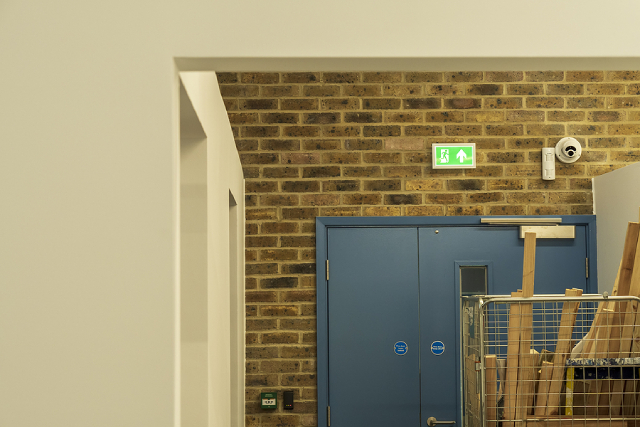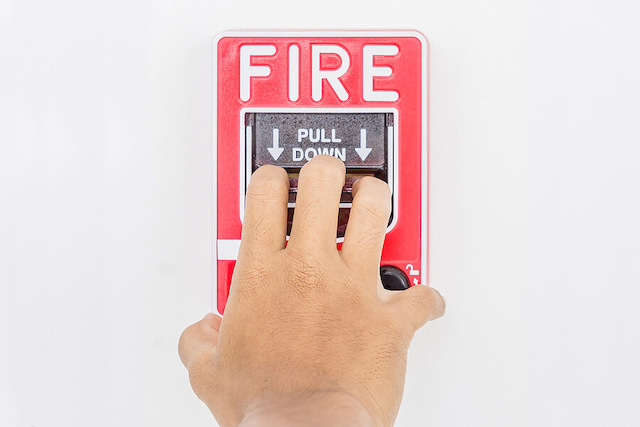Fires are dangerous and life-threatening disasters that can lead to loss of life and property in the blink of an eye, and they can occur at any time. Thus, everyone needs to do their part in cultivating a fire-safe environment that heavily reduces the risk of fires starting.
However, this is easier said than done, and many property owners often neglect to do their all to ensure their buildings are free from any fire hazard. Fire safety non-compliance is a severe issue that all responsible parties must quickly resolve, from building owners to their appointed Fire Safety managers. Read on as we go over some of the most common types of fire safety non-compliance.
1. Obstruction of escape routes
The Fire Safety Act labels it as an offence if either the owner or occupier of a building causes or omits to do anything to address obstructions in escape routes that cannot be easily removed, which may make navigation difficult in the event of a fire. For instance, fire escape stairways and hallways may be repurposed by occupants as temporary storage areas. This causes an obstruction that may hinder the escape process for people, should a fire break out.
2. Obstruction to fire safety measures
A few examples of fire safety measures include sprinkler heads, manual call points, smoke/heat detectors, fire safety exit signs, and fire extinguishers. Obstructing these fire safety measures may lead to difficulty in access during critical moments for personnel, or it could also result in inefficient operation for those that are automated systems.
Take, for instance, fire extinguishers and sprinkler heads. In the case of a fire outbreak, trained individuals will immediately reach for a fire extinguisher to put it out. Obstructing access to it may cost valuable time, which could lead to the fire becoming too intense to extinguish through this method. When it comes to sprinkler heads, they should have at least 0.5 meters of unobstructed clearance to enable proper water output.
3. Non-maintenance of fire safety measures
Fire extinguishing systems must bemaintained to ensure they are in good working order and will function as needed during emergencies. Failure to conduct maintenance works on these devices may lead to inefficient working order and result in their non-functioning becoming a specified fire hazard.
4. Missing or the removal of fire safety measures
All fire safety measures provided for a given building under the plans approved by the Commissioner should be present and in functioning order. Their absence constitutes a fire hazard and can materially increase the likelihood of fires and the danger it brings in the event of an outbreak. Therefore, fire safety managers should periodically inspect that these measures remain in their proper place and do not go missing or get removed for any reason.
5. Storage/placement of combustible material along escape routes
According to the Fire Code of 2018, apart from the absence of any unprotected openings of occupancy areas, means of escape such as internal and external fire exit staircases must also be free of any combustible materials/construction within 1.5 metres horizontally or 3 metres vertically below, adjacent, or facing it. For internal exit staircases, this includes final discharge openings located on its external walls. Other types of staircases also share the same compliance requirements, albeit with slight differences.
Conclusion
Fire safety non-compliance can lead to disastrous consequences if not addressed quickly and effectively. Thus, it is imperative to keep a lookout for them and ensure they get resolved as soon as possible.
To update your knowledge about common fire safety non-compliances, consider enrolling in FSM CPD courses in Singapore with TenLearn today. Our Fire Safety Manager (CPD Programme) courses help keep your skills and competencies sharp and up to date. All of our courses at TenLearn are delivered online, so you can start learning anytime and anywhere!
Get in touch with us today
to learn more about our courses.


Write a public review